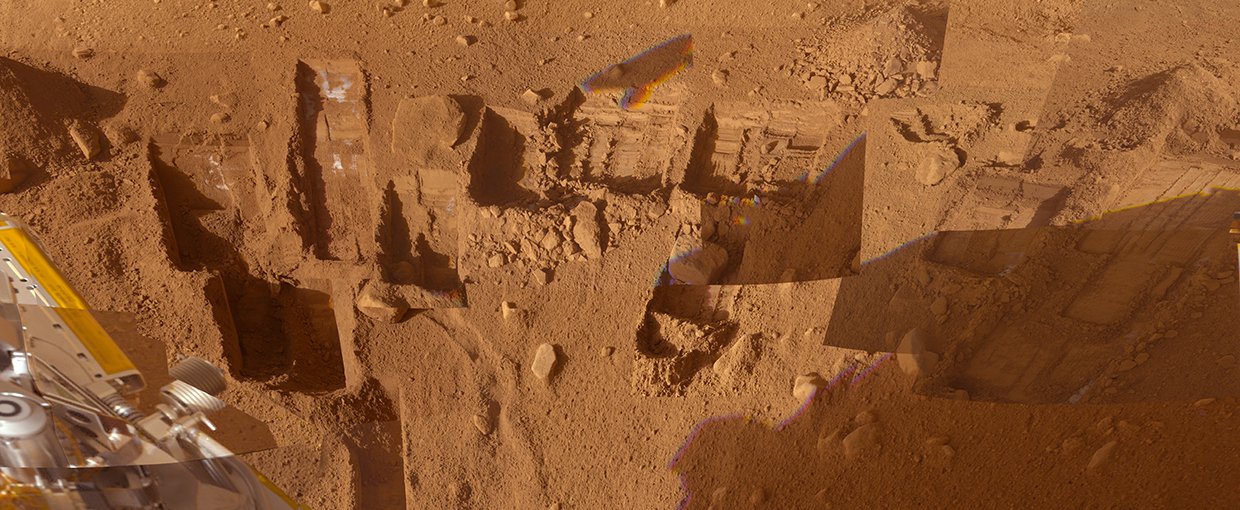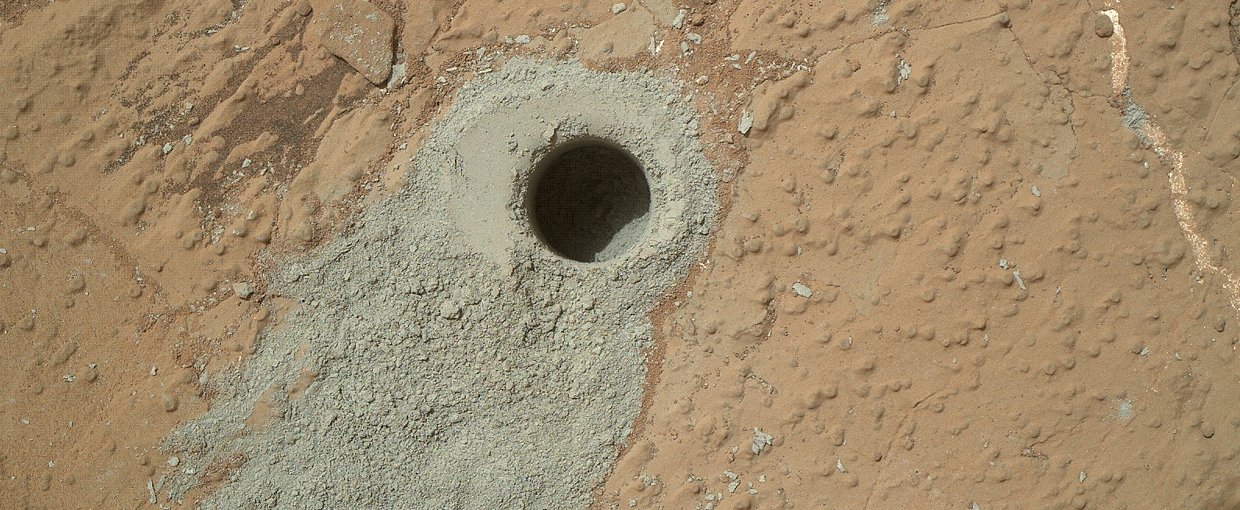
For astrobiologists who study locations in the Solar System like Mars, sample collection is one of the most enticing prospects for future missions. Samples from planetary bodies can be studied to provide a wealth of scientific data that is otherwise unavailable through other methods like remote observations by orbiters or telescopes.
Many NASA space missions (past, present, and future) are designed around sample collection. Some of these missions are self contained laboratories that are able to collect and analyze samples in situ, such as the Mars Science Laboratory or the Phoenix lander. These missions have helped solve many questions about the habitability of Mars, but can only perform a limited amount of science due to the small payload of instruments they are able to carry with them from Earth. Other missions, like Apollo and OSIRIS-REx take sample collection a step further by attempting to return samples to Earth where they can be studied using every technique available to scientists in laboratories around the world.
Sample collection expands the potential for missions to return valuable data for astrobiologists, but gathering material from another world is a challenging and expensive endeavor. A recent article from the Planetary Society explores the concept of sample collection and the lessons that mission planners have learned from some of the set backs experienced in the past.
Read the article, “Ten times the solar system reminded us sample collection is hard,” by Emily Lakdawalla for the Planetary Society at: http://www.planetary.org/blogs/emily-lakdawalla/2018/0219-10-times-sample-collection.html
Further Reading:
Microscope Could Seek Biological Samples on Red Planet
Building the Tools for Astrobiology’s Future
A selection of research publications related to sample return



